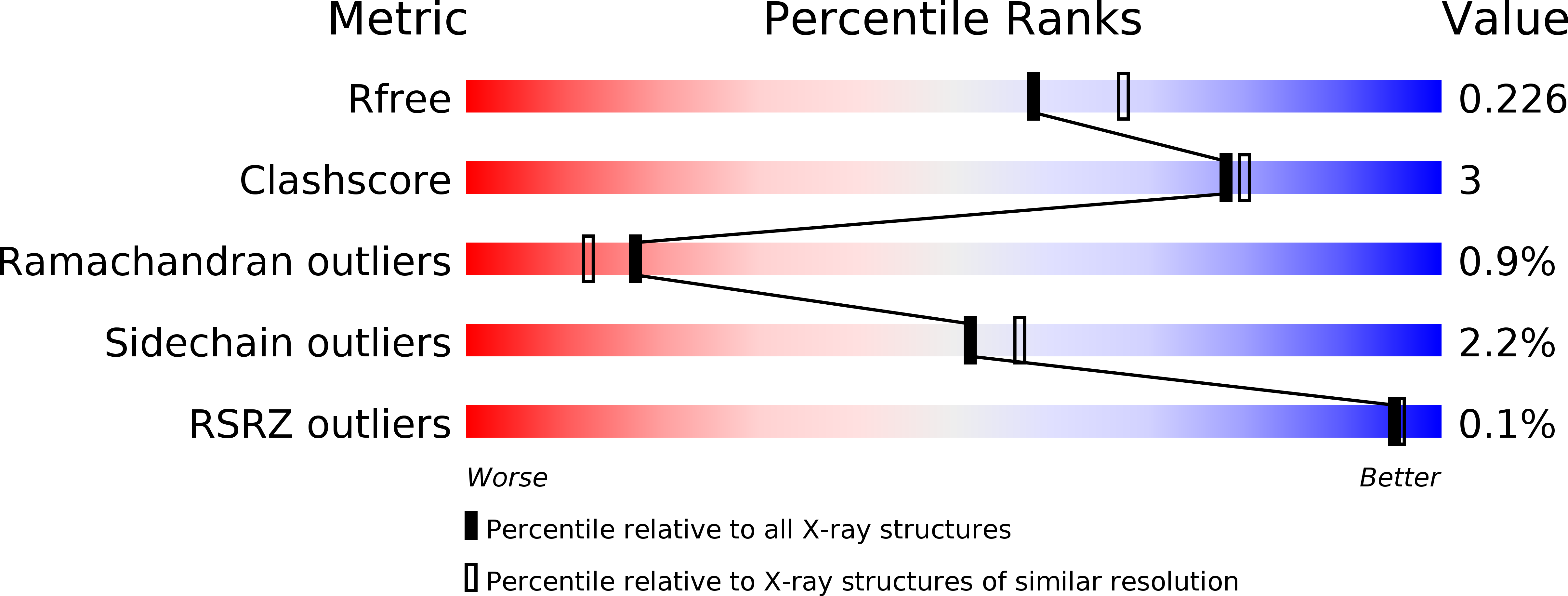
Deposition Date
2017-08-11
Release Date
2018-01-24
Last Version Date
2023-11-22
Entry Detail
PDB ID:
5Y6D
Keywords:
Title:
VIM-2 metallo-beta-lactamase in complex with (R)-2-(4-fluorophenyl)-2-((S)-3-mercapto-2-methylpropanamido)acetic acid (compound 11)
Biological Source:
Source Organism:
Pseudomonas aeruginosa (Taxon ID: 287)
Host Organism:
Method Details:
Experimental Method:
Resolution:
2.10 Å
R-Value Free:
0.21
R-Value Work:
0.16
R-Value Observed:
0.16
Space Group:
C 1 2 1


